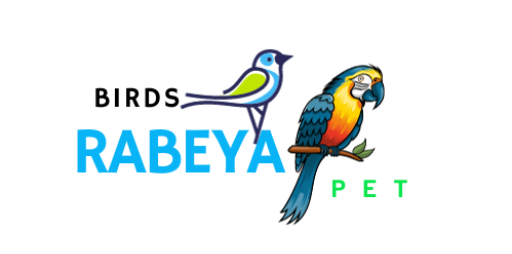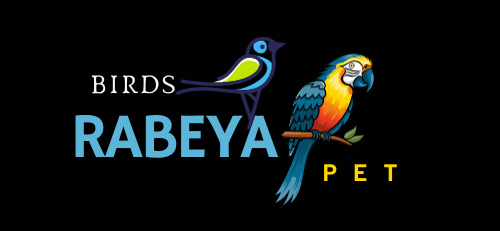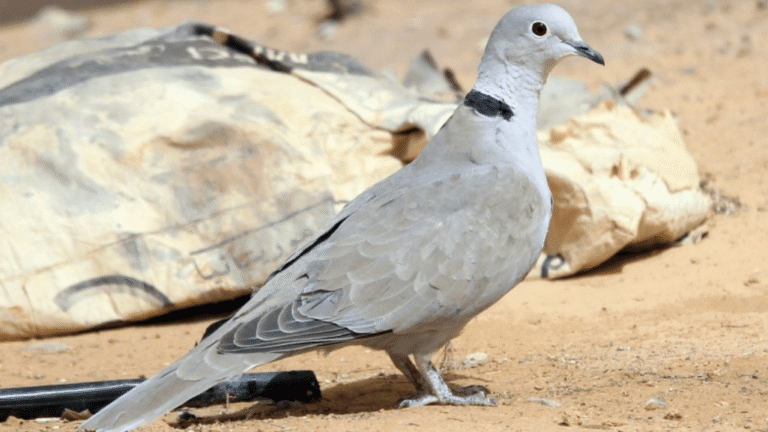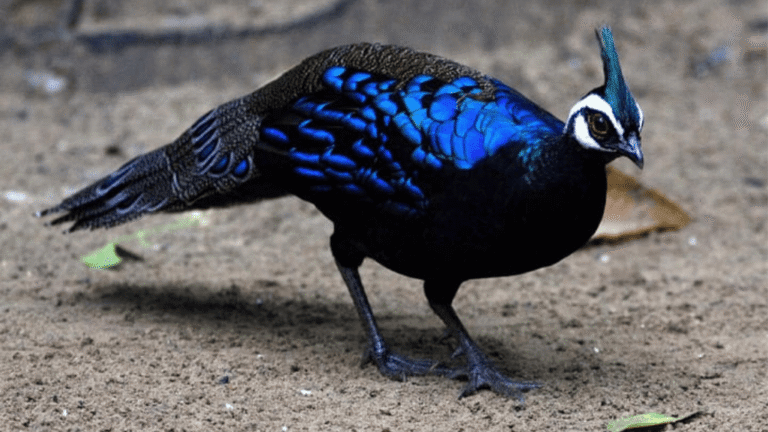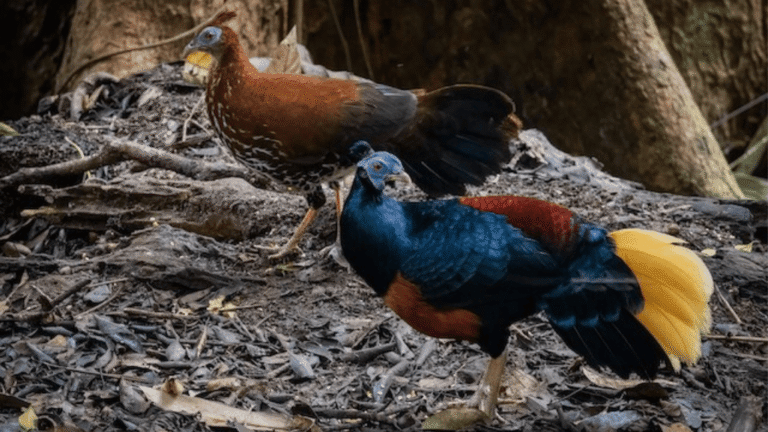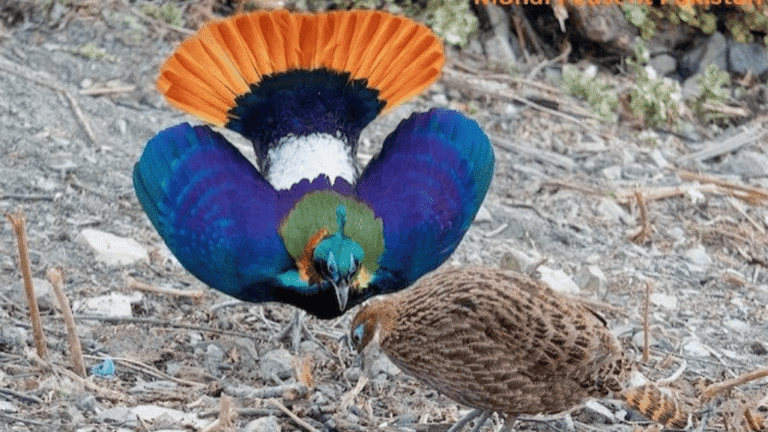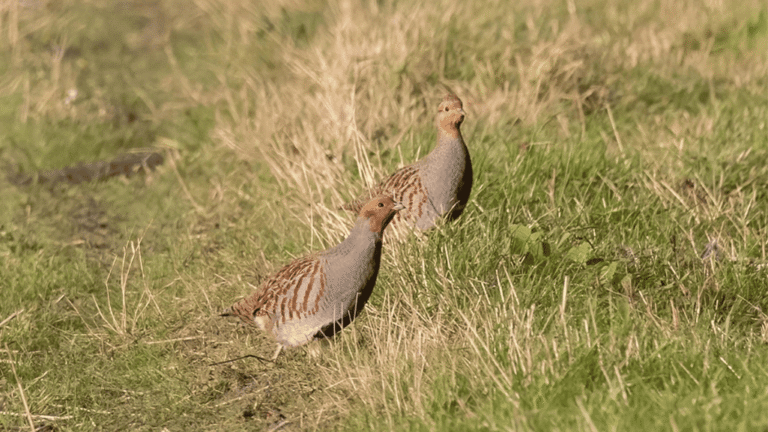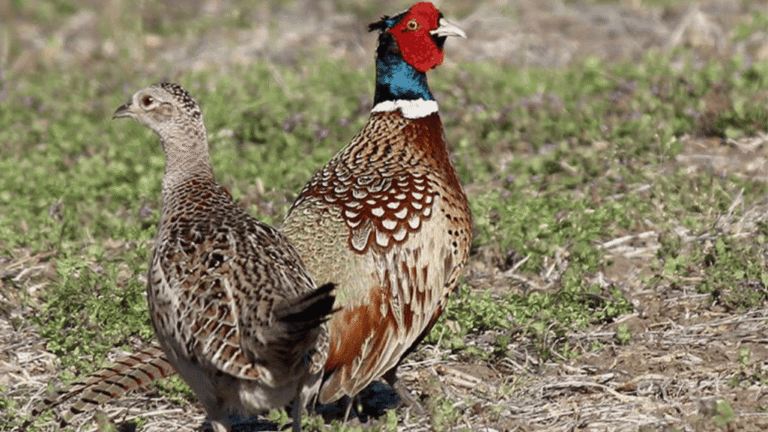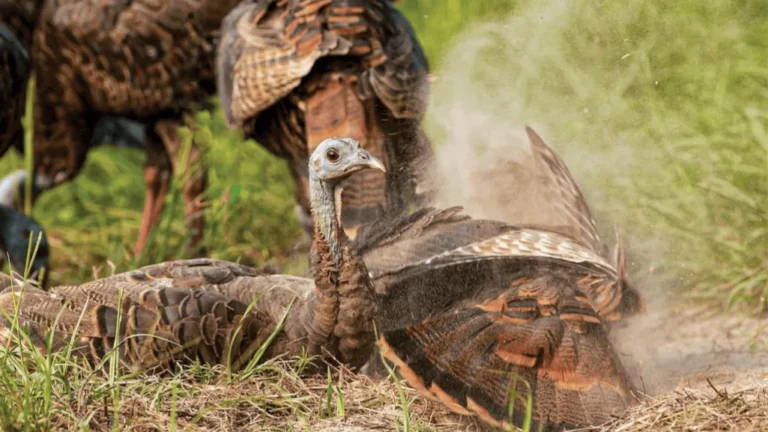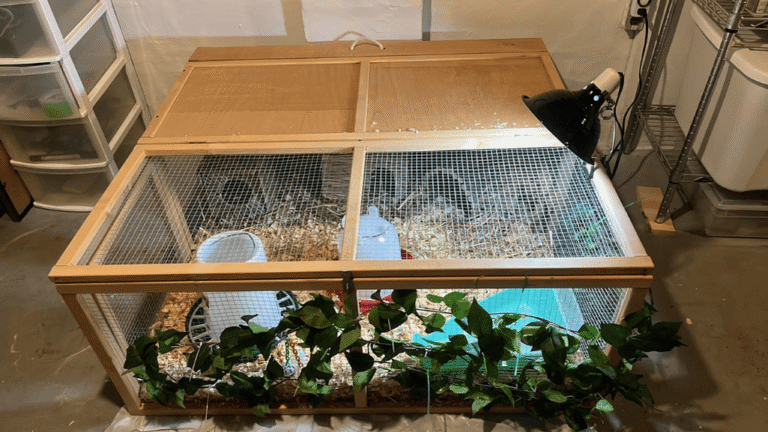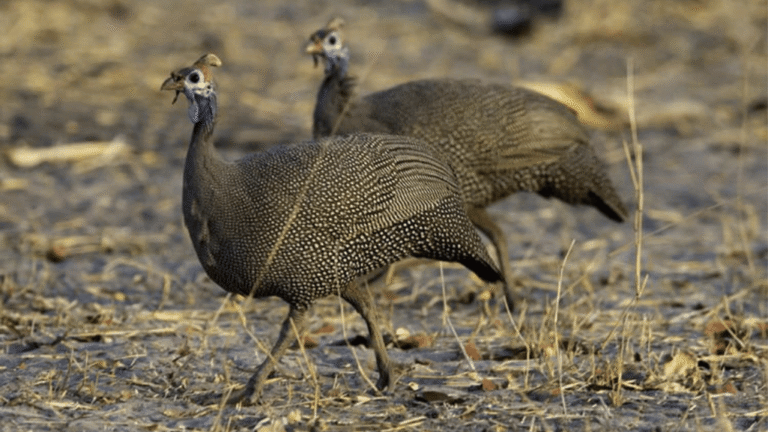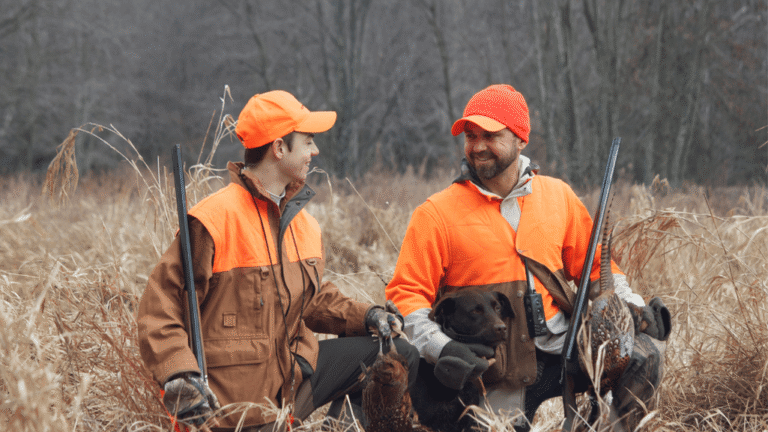The restoration of the American wild turkey is one of the most successful wildlife conservation stories in the United States. Thanks to coordinated wild turkey restoration efforts—including habitat restoration, legal protections, and carefully planned reintroduction programs—the wild turkey population has rebounded from severe lows and is now widely distributed across suitable forests and woodlands.
By restoring turkey habitat and implementing targeted conservation programs, numbers climbed from an estimated 30,000 birds in the early 1900s to roughly 7 million wild turkeys today (see state and NWTF reports for source details). That recovery demonstrates how sustained restoration and management can drive long-term population recovery for a once-threatened species.
Reintroduction and habitat work not only reestablished turkey populations in former range but also helped expand their presence into new areas where forests and woodlots returned. These forest wildlife conservation efforts illustrate the effectiveness of science-based restoration and interagency collaboration.
Key Takeaways:
Wild turkey reintroduction programs have restored populations to suitable habitats across many states.
Turkey conservation and habitat restoration contributed to sustainable population growth over decades.
Wildlife restoration initiatives helped wild turkeys expand beyond restricted historical pockets into broader forested areas.
Endangered species recovery is possible when conservation, management, and people work together.
Forest wildlife conservation remains essential to protect the habitats that support these birds.
The Decline of Wild Turkeys and Conservation Efforts
 Wild turkey populations fell dramatically from the 1700s through the early 1900s largely because of two interlinked causes: unregulated hunting and widespread habitat loss. In colonial and 19th-century America, turkeys were treated as an abundant resource and were hunted for food, market sale, and feathers used in clothing. At the same time, logging and conversion of forests to agricultural land removed the mature woodlands and mast-producing trees turkeys depend on, driving local population declines.
Wild turkey populations fell dramatically from the 1700s through the early 1900s largely because of two interlinked causes: unregulated hunting and widespread habitat loss. In colonial and 19th-century America, turkeys were treated as an abundant resource and were hunted for food, market sale, and feathers used in clothing. At the same time, logging and conversion of forests to agricultural land removed the mature woodlands and mast-producing trees turkeys depend on, driving local population declines.
Conservation action in the late 19th and early 20th centuries—driven by advocates such as Theodore Roosevelt and naturalists like George Bird Grinnell—helped stop the slide. States passed game laws, protected areas were created, and enforcement improved. Those legal protections, combined with coordinated restoration efforts in subsequent decades, allowed remaining wild turkey populations to stabilize and, eventually, begin to recover.
As agriculture was abandoned in some regions and fields succeeded back to woodlands, suitable turkey habitat returned. Wild turkeys proved adaptable and recolonized many reforested areas and small woodlots, even near suburban communities. Collaboration between conservation organizations (for example, the National Wild Turkey Federation), state wildlife agencies, and federal partners provided funding, technical guidance, and on-the-ground programs—such as trapping and translocation—that helped restore wild turkey populations across many states.
“The restoration of the wild turkey population is a testament to the tireless efforts of conservationists and serves as a reminder of the importance of protecting our natural world.”
Today, continued restoration and habitat management remain priorities. Conservationists focus on protecting and expanding forested habitat, improving habitat quality on both public and private lands, and applying sustainable management practices so that turkey populations remain healthy over the coming years.
Factors Causes
Overhunting Extensive hunting for food and fashion
 Habitat Loss Logging and land clearing for agricultural purposes
Habitat Loss Logging and land clearing for agricultural purposes
Successful Reintroduction Efforts
Turkey reintroduction in reforested area
Early 20th-century attempts to rebuild wild turkey populations using hatchery-raised or domestic birds generally failed because domesticated turkeys lack the survival behaviors and genetics suited to life in the wild. Conservation biologists learned that trapping healthy wild birds from robust source populations and moving them to suitable, restored habitat produced far better outcomes for restoration.
Translocated wild turkeys commonly established quickly in reforested and recovering landscapes, recolonizing places where they had been absent for generations. That practical approach — combined with habitat work that restored food, cover and roosting sites — helped expand turkey populations across states that once had few or no birds.
One well-documented example is the reintroduction effort in Great Smoky Mountains National Park. After local populations were extirpated, the National Park Service and partners began trapping and relocating turkeys from healthier populations into the park. Over the next two decades those translocations, along with habitat recovery, supported a strong rebound (see National Park Service and peer-reviewed reports for detailed figures).
Carefully planned trapping and release programs not only restored turkey numbers but also reinforced ecosystem recovery by reintroducing a native bird that interacts with forest regeneration, invertebrate communities, and predator–prey dynamics. Where available, site-level research and monitoring data should be cited to quantify survival and reproduction following reintroduction.
Challenges and Concerns in Turkey Restoration
 While the restoration of wild turkeys is a major conservation success, that recovery has created new management challenges—especially where turkeys move into suburban and peri‑urban areas. Wild turkeys are adaptable: they use small woodlots, greenways, and edge habitats, and that adaptability sometimes brings them into conflict with people. Complaints commonly include torn lawns and gardens, aggressive behaviors during spring nesting and brood rearing, and roadway hazards when flocks cross busy streets.
While the restoration of wild turkeys is a major conservation success, that recovery has created new management challenges—especially where turkeys move into suburban and peri‑urban areas. Wild turkeys are adaptable: they use small woodlots, greenways, and edge habitats, and that adaptability sometimes brings them into conflict with people. Complaints commonly include torn lawns and gardens, aggressive behaviors during spring nesting and brood rearing, and roadway hazards when flocks cross busy streets.
These conflicts are, in part, an outcome of effective restoration: populations that were once small and isolated have grown and spread into suitable habitat patches near homes. As turkey numbers increase in some neighborhoods, local residents, wildlife managers, and agencies must work together to reduce risks to both people and birds while preserving healthy populations.
Documented issues range from nuisance behavior (garden damage, loud displays) to safety risks (vehicle collisions) and occasional aggressive encounters in spring when gobblers or hens defend mates or nests. The frequency and severity of problems vary by state, community design, and the time of year—spring and early summer are peak times for turkey-related complaints.
Turkey–Human Conflict Resolution
Practical, proven strategies used by wildlife agencies and communities to reduce conflicts include:
1. Public education — Programs and outreach explain turkey behavior (why they flock, why males display or chase) and give clear dos and don’ts to homeowners.
2. Discouraging feeding — Communities should discourage intentional feeding (which conditions birds to people and concentrates flocks) and remove easy food sources like unsecured trash or pet food.
3. Nonlethal hazing and deterrents — Humane harassment (noise, movement, exclusion fencing for gardens) can move problem birds away from conflict zones; legal restrictions vary by state, so check with your state wildlife agency.
4. Local ordinances and agency coordination — Municipalities and state wildlife agencies can develop local management plans that balance public safety, hunting seasons, and conservation goals. In some areas, targeted management actions—guided by wildlife biologists—address persistent problem flocks.
5. Seasonal awareness — Encourage residents to be especially careful during spring and early summer (nesting and brood-rearing periods) when birds are most territorial and people are more likely to encounter hens with poults.
By combining education, practical deterrence, and coordinated management, communities can minimize conflicts while continuing to support robust turkey populations. For site-specific guidance, residents should contact their state wildlife agency or local conservation office, which can advise on legal options and recommended practices in that state.
The Importance of Maintaining Enough Turkeys
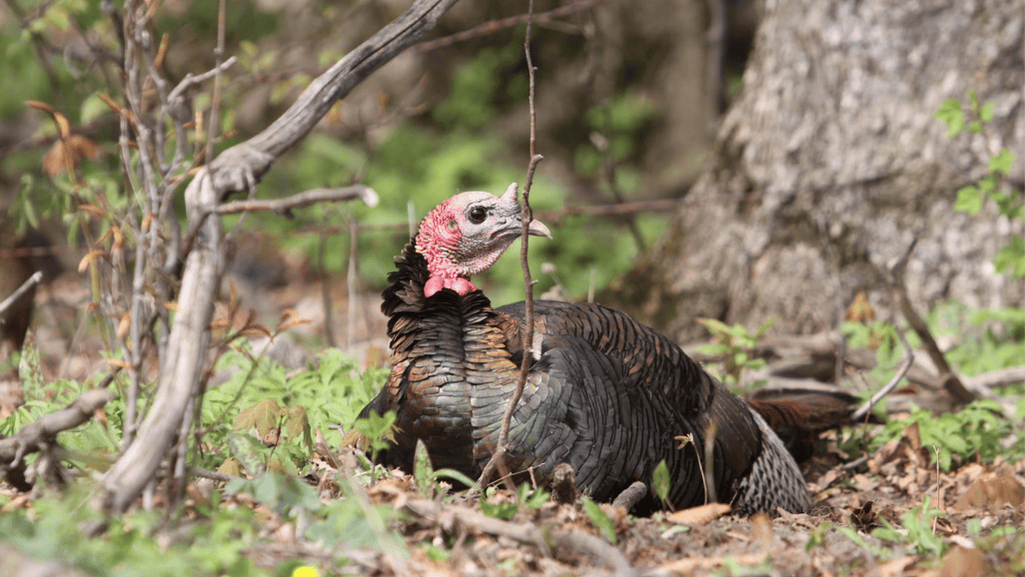 While managing conflicts is important, it is equally crucial to ensure turkey populations remain at healthy levels. The success of wild turkey restoration should not lead to unmanaged local overabundances—or to declines that remove turkeys from restored suburban and forest habitats where they provide ecological value.
While managing conflicts is important, it is equally crucial to ensure turkey populations remain at healthy levels. The success of wild turkey restoration should not lead to unmanaged local overabundances—or to declines that remove turkeys from restored suburban and forest habitats where they provide ecological value.
Wildlife agencies and conservation organizations use sustainable management practices to keep turkey populations balanced. Typical actions include population monitoring (spring gobbler counts, brood surveys, telemetry studies), habitat preservation and enhancement, regulated hunting seasons where appropriate, and targeted management where problem flocks occur. These tools help managers maintain turkey populations across areas and states while reducing negative human–wildlife interactions.
Maintaining balanced turkey numbers matters ecologically and socially. Ecologically, wild turkeys are omnivores that influence seed dispersal, invertebrate populations, and forest floor dynamics; too few can reduce those ecological roles, while too many in a small area can overbrowse vegetation and increase conflict with people. Socially, balanced populations support outdoor recreation and hunting opportunities in many states while minimizing property damage and safety risks in neighborhoods—especially in spring when birds are most active.
Practical monitoring and management approaches used by agencies include regular annual surveys, targeted local actions in problem areas, and outreach to landowners about habitat practices (food plots, leaving brushy cover, and timing of certain forestry work). For site-specific guidance and the latest monitoring results in your state, contact your state wildlife agency or check their turkey management pages.
Next, we will explore continued conservation efforts and habitat management practices that contribute to the sustainable growth of the wild turkey population.
Continued Conservation Efforts and Habitat Management
Conservation for wild turkeys today centers on habitat management, informed research, and well-designed wildlife management that balances restoration with sustainable hunting and public use. State agencies and conservation partners—such as the Michigan Department of Natural Resources and the National Wild Turkey Federation—run habitat projects and outreach programs to maintain and improve turkey habitat across forests, woodlands, and private lands.
One widely used approach is establishing intensively managed public hunting areas—often called Turkey Tracts in some states—where habitat is actively shaped to provide food, cover, and safe roosting sites. These tracts support local turkey populations, offer quality hunting opportunities for hunters, and act as demonstration sites for best management practices. Collaboration between state agencies, biologists, and conservation organizations has been key to scaling these efforts across multiple states.
Effective turkey habitat management typically includes a mix of practices tailored to local conditions:
Prescribed burning — controlled fire treatments maintain open understories, promote grasses and forbs, and increase insect abundance, an important seasonal food for poults.
Forest management — selective timber harvests and creating younger forest patches produce diverse age classes and encourage mast-producing trees that supply nuts and seeds.
Food plot planting — small clover, grain, or legume plots supplement natural foods, especially in winter, and can be used on public and private lands to support turkey populations year-round.
Wetland restoration — restoring and reconnecting wetlands increases invertebrate habitat and plant diversity that benefit hens and poults during the breeding season.
These strategies form a comprehensive restoration toolkit that wildlife managers apply across different landscapes and years to support turkey populations. Where available, managers use research and monitoring—spring gobbler counts, brood surveys, telemetry studies—to track population responses and adapt management accordingly.
Partnerships with organizations like the National Wild Turkey Federation enable sharing of funding, technical expertise, and volunteer labor, making it possible to implement habitat work at larger scales. Private landowners also play a critical role: targeted advice with practical instructions (plot size, timing for prescribed burns, and how to create roosting structure) helps landowners contribute to landscape-scale conservation.
In short, continued turkey restoration depends on applied research, coordinated habitat management across public and private areas, and ongoing collaboration among state agencies, biologists, hunters, and conservation groups. These combined efforts help sustain healthy turkey populations and the forests and wildlife communities they inhabit.
Conclusion
Decades of coordinated restoration work show that the wild turkey’s comeback is one of North America’s most encouraging conservation stories. Once reduced to small, isolated populations by overhunting and habitat loss, wild turkeys have rebounded because conservationists, state and federal agencies, hunters, landowners, and organizations worked together to restore habitat, pass game laws, and implement reintroduction programs.
Today the wild turkey population exceeds several million birds across many states, demonstrating how sustained turkey restoration, habitat management, and wildlife management can recover a native species at landscape scales. That recovery highlights the role of forests, woodlots, and other habitats in supporting diverse bird and wildlife communities, and it offers a model for restoring other species that face declines.
What you can do: support local conservation groups, follow state hunting regulations, report persistent nuisance flocks to your state wildlife agency, and implement habitat practices on private land (food plots, leaving brushy cover, and timing forestry work outside of spring nesting where possible). For region-specific guidance, check your state wildlife agency or the National Wild Turkey Federation for management recommendations and current research.
Frequently Asked Questions
What were the main factors responsible for the decline of the wild turkey population?
Widespread overhunting and habitat loss (logging and agricultural conversion) were the primary drivers of historic declines.
How did conservationists contribute to the restoration of wild turkeys?
Conservationists helped create protected areas, push for game laws and enforcement, fund habitat restoration, and coordinate reintroduction efforts across states and agencies.
Why did early hatchery-based restoration attempts fail?
Domesticated or hatchery‑raised turkeys often lack the survival behaviors and genetics needed for success in the wild; trapping and translocating wild birds proved far more effective.
What are current concerns with growing turkey populations?
Expanding turkey populations can lead to suburban conflicts (garden damage, traffic hazards, and occasional aggressive behavior), which require community outreach and coordinated management by state agencies.
What continued actions support turkey populations?
Ongoing habitat restoration (prescribed burning, forest management, food plots, wetland work), applied research (population and brood surveys), and partnerships between state agencies, biologists, hunters, and conservation organizations sustain healthy turkey populations and habitat across the country.
For the most up-to-date state-level information on turkey populations, seasons, and management, visit your state wildlife agency’s website or the National Wild Turkey Federation’s resources.
